USG explains how Tulane finances Homecoming
November 12, 2014
Homecoming is one of the most exciting events on campus but also one of the most difficult and costly to organize. An Undergraduate Student Government committee, called Tidal Wave, is responsible for coordinating the event, and it is the third-largest campus programming organization after Crawfest and Tulane University Campus Programming. USG Vice President of Student Organizations Sarah Hostetler said that while homecoming typically costs USG approximately $150,000, she expects other organizations are now spending more for their Homecoming events.
“On the student events’ side, that budget is generally consistent, but on the side of something like athletics, in money, effort, and time, I’m sure it is greater,” Hostetler said.
USG Vice President for Finance Ryan Poche said that he believes some of these new costs stem from the completion of Yulman Stadium. Additionally, both Hostetler and Poche said they expect new opportunities for Homecoming events as the program grows.
“With the advent of the new stadium, there are a lot of costs that are going to be incurred,” Poche said. “There are also a lot of things we’d like to do, as I don’t think we’ve realized the full potential of the stadium. As those traditions grow and develop, costs are probably going to rise.”
Planning for Homecoming begins in the spring, long before the events of this week. Poche said the process of USG allocating the money from its budget typically begins in early march and lasts until late April. After the money is allocated, the Tidal Wave committee begins contracting for the events, picking the bands, food and more. This typically consists of creating desired events, then working out their logistics and negotiating agreements with vendors.
“We’ve been working since last spring to get all of our contracts set,” Hostetler said. “Usually, we begin with the band, because that’s the longest contracting process. The Lighting of McAlister is a very traditional event, but we have a lot of discretion with what other events we plan for the other four days.”
While Poche was unable to give an exact breakdown of the costs, he said that approximately 33 percent went to carnival rides and rentals, 20 percent to the concert and associated expenses, 15 percent to food, 15 percent to giveaways and 17 percent to operational and other costs. There is also a great deal of cost-splitting between USG and other Tulane organizations. For instance, Hostetler said that Tulane’s Office of Development is paying for part of the carnival, TUCP is sharing part of the Smash Mouth concert’s costs and athletics is also paying for some costs, typically by pooling and sharing resources.
“A lot of our costs on Friday and Saturday are shared, such as the stage they use for Smash Mouth is also the stage they’ll use for Cowboy Mouth the next day and the stage they’ll use during the pep rally, so we all are helping out with this to make it more cohesive,” Hostetler said.
While USG pays for a lot of Homecoming, the entire Tulane community is welcome to enjoy it. Hostetler said that graduate students tend to show up to later events, and alumni and parents show up to events later in the week as they arrive in town. USG also engages other student organizations in homecoming through other means, such as the Lavin-Bernick Center window paintings.
“Student organizations can reserve [a window] and paint a design that fits the homecoming theme but also stays true to what their organization is,” Hostetler said.
Poche said that USG is going to begin developing a plan for the further evolution of Homecoming events.
“That’s something the finance committee will look at in March, in terms of what we’ve done this year and what we’d like to try to do, and flesh out a plan [for] the next five years of what Homecoming looks like,” Poche said.

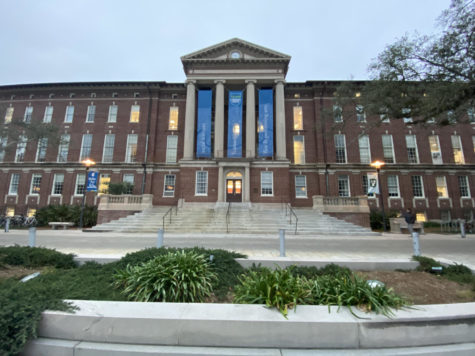







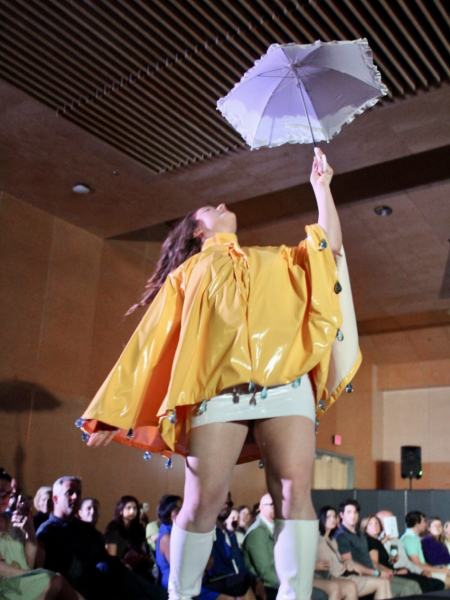
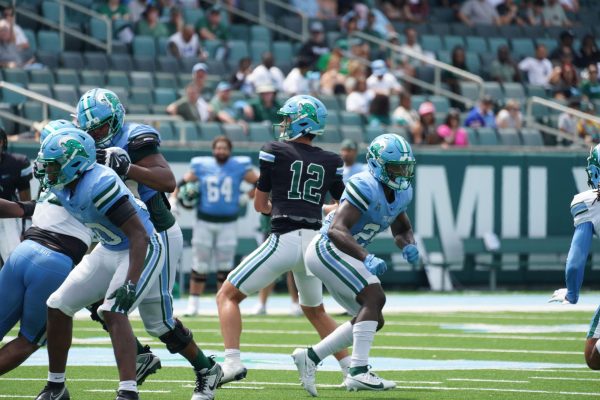


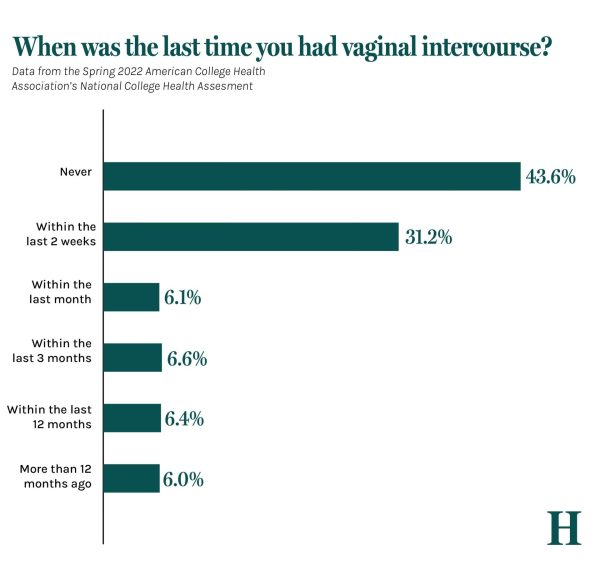

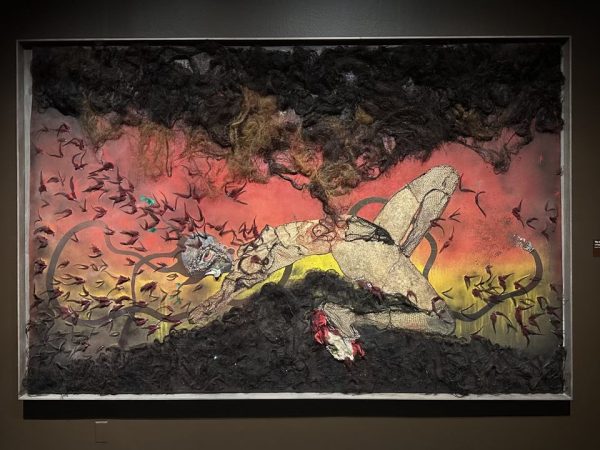





Leave a Comment